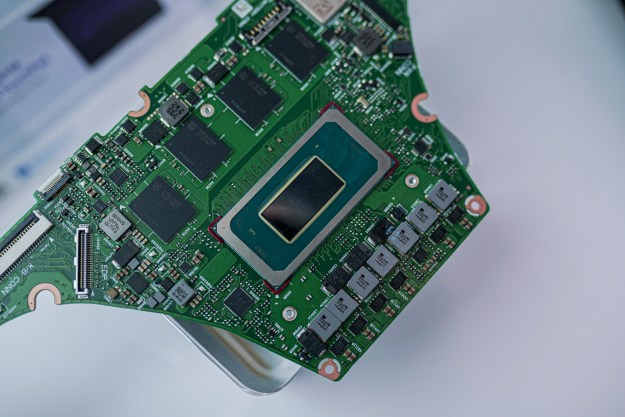PC components are complex. It’s easy to look at a list of the best graphics cards and know which one you should buy, but there are still dozens of lingering questions when it comes to GPUs. We rounded up the most popular GPU questions in Google so you can understand what a graphics card is and how it works.
- What is a graphics card (GPU) in a computer?
- Is a GPU a graphics card?
- How do I check which graphics card I have?
- How do you reset a graphics card?
- How to update a graphics card
- Can you upgrade a graphics card in a laptop?
- Is a GPU only for gaming?
- Is a graphics card the same as RAM?
- How do I get my graphics card to work?
- Does having two GPUs increase performance?
- Is scalping GPUs illegal?
- Is AMD or Nvidia better?
- Is GTX better than RTX? Or is RTX better than GTX?
There are no bad questions here. If you already have your footing with GPUs and want to go a little deeper, make sure to read our guide on how to choose a graphics card. Keep our roundup of GPU prices handy, too, where we check in weekly for the best deals.
What is a graphics card (GPU) in a computer?
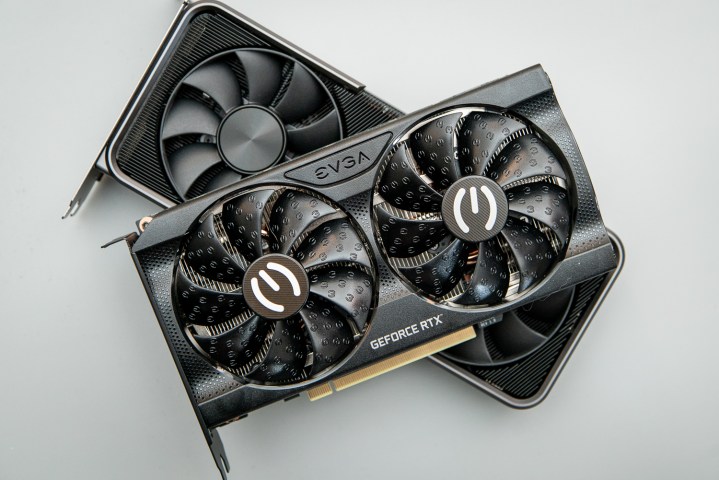
A graphics card, or GPU, is a dedicated processor that handles video and graphics. Just like your processor, your graphics card does a bunch of math. But unlike the general-purpose math that goes into all the minute details of making your PC run, GPUs are really good at a specific type of math — the math that goes into images showing up on your screen, from videos to your web browser. You need a GPU for any computer to work, even if you don’t have a dedicated graphics card. There are two types of GPUs:
- Integrated GPU: This is a much less powerful graphics card that’s included right on the processor. The M1 MacBook Air doesn’t have a separate graphics card, for instance, but it has a GPU right next to the processor.
- Dedicated GPU: A dedicated GPU is much more powerful and sits apart from the processor. It doesn’t share resources, so dedicated GPUs can offer a lot more power for gamers and content creators.
Is a GPU a graphics card?
A GPU is a graphics card co-equally, but they’re technically different. GPU stands for Graphics Processing Unit, and it’s the actual processor inside a graphics card. A graphics card, on the other hand, is the card itself, which has extras like memory and power delivery components.
That’s the technical answer, but you can use GPU and graphics card interchangeably in the vast majority of cases.
How do I check which graphics card I have?
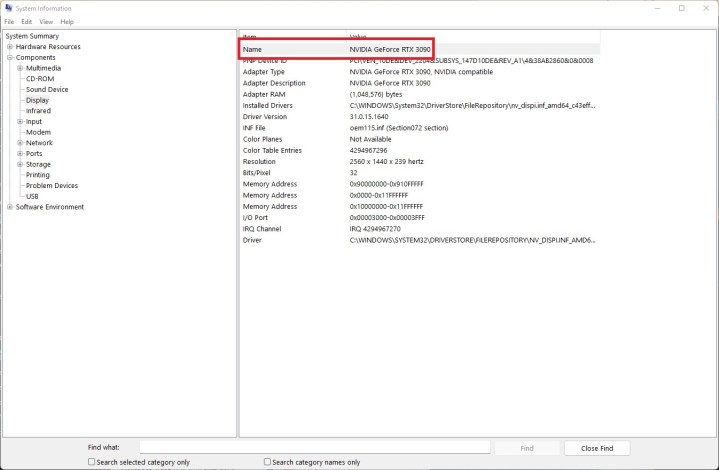
There are a few ways to find which graphics card you have, but the easiest is through System Information in Windows. Search for System Information, expand the Components tab, and select Display. Your graphics card will be at the top by the Name section.
It’s even easier on Mac. Click the Apple menu and select About This Mac. You’ll find your graphics card under Graphics.
How do you reset a graphics card?
If you’re experiencing weird graphical glitches like a flashing screen or discolored windows, you should reset your graphics card. It’s super easy to do. Use the key combination Windows Key + Control + Shift + B, and your graphics card will reset. Your screen will go blank for just a moment, but don’t panic — that’s normal.
How to update a graphics card
It’s important to keep your graphics card up to date with the latest graphics card drivers. We have a dedicated guide on how to install and update GPU drivers, so make sure to give it a read for all the details. For AMD, Nvidia, and Intel, however, the process is straightforward.
Nvidia has GeForce Experience, AMD has Radeon Software, and Intel has the Graphics Command Center, and you can update your driver in each depending on which GPU you have (see above to learn how to check). If you have a new graphics card, go to AMD, Nvidia, or Intel’s website and download the latest driver.
Can you upgrade a graphics card in a laptop?
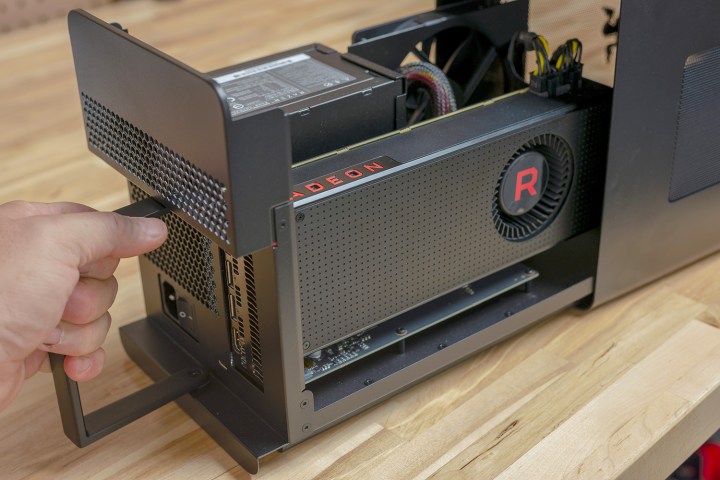
In the vast majority of cases, you can’t upgrade a graphics card in a laptop. Thankfully, that doesn’t mean you need to throw away one of the best gaming laptops for an upgrade. With an external GPU enclosure, you can have a full-sized desktop graphics card powering your laptop via a cable. All you need to do is make sure your laptop at least supports Thunderbolt 3 and that you have a spare power connector for the graphics card.
Is a GPU only for gaming?
Although GPUs are primarily used for gaming, that’s not their only purpose. Graphics cards can accelerate any video-intensive task, including video editing, 3D rendering and animation, and CAD drawings. GPUs are also used to mine cryptocurrencies in some cases, as they’re much faster at performing simple, repeatable operations, unlike a general processor.
Is a graphics card the same as RAM?
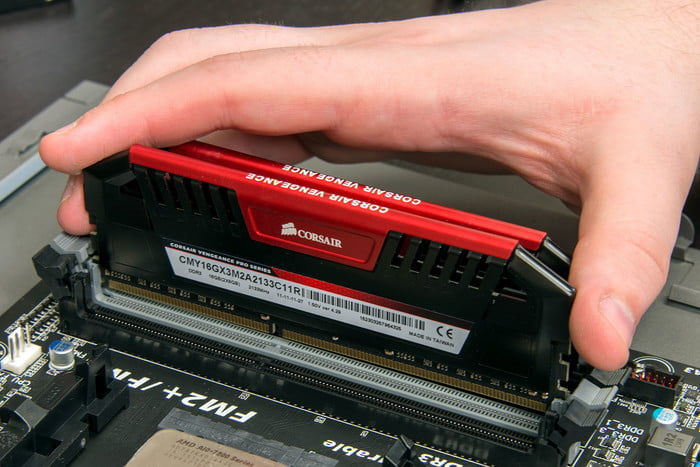
No, graphics cards and RAM are different. But it’s a natural point of a confusion. Graphics card and system RAM are different, but your graphics card has some RAM on the card itself. This RAM (referred to as VRAM or Video RAM) is installed on your graphics card and used to store information separately from your system RAM.
If you want to upgrade your RAM, don’t expect it to do much for your GPU. Unlike system RAM, you can’t add or swap out the RAM on a graphics card without some serious hardware engineering skills.
How do I get my graphics card to work?
If you have new graphics card, make sure it’s installed correctly by checking out our guide on how to install a graphics card. From there, you’ll need to install a graphics card driver. You can find these on Nvidia, AMD, or Intel’s website (depending on which GPU you have). That’s all you should need to get your graphics card to work.
If you’re still running into issues, make sure to read our guide on how to tell if your GPU is dying. It’s possible that your graphics card has reached its end if you’re running into problems, and you may need to replace it.
Does having two GPUs increase performance?
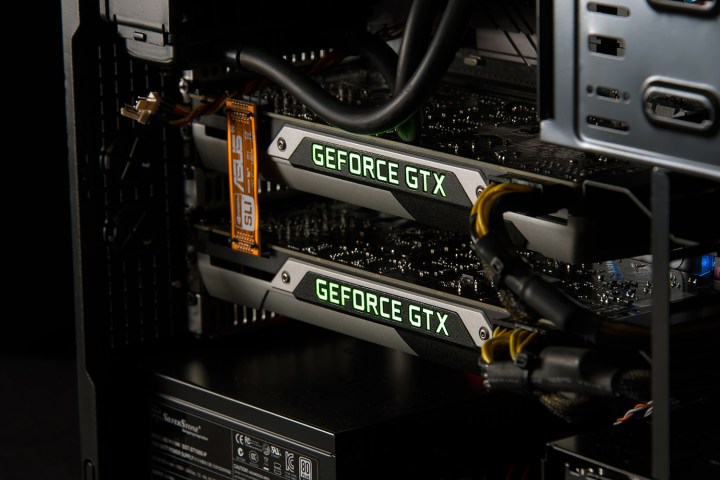
Two GPUs increases performance, but it’s not an option for most people anymore. Nvidia used to offer SLI to hook up multiple graphics cards, while AMD offered CrossFire. The latest generations don’t support these technologies, so although two GPUs can theoretically increase performance, it’s not an option like it once was.
A big reason why is that multiple graphics cards are prone to errors. In many cases, one would take the lead over the other and cause graphical glitches. In addition, multiple graphics cards can cause issues with VRAM, as the two cards struggle to swap data between them in time.
Is scalping GPUs illegal?
Scalping GPUs isn’t illegal, even if it’s frowned upon. However, new legislation could outlaw at least part of scalping. The Stopping Grinch Bots Act is a bill currently sitting the U.S. House of Representatives that would outlaw the use of bots to buy up in-demand products online, including graphics cards. It doesn’t seem like scalping GPUs will become illegal, though, as GPU prices typically return to normal after surging.
Is AMD or Nvidia better?
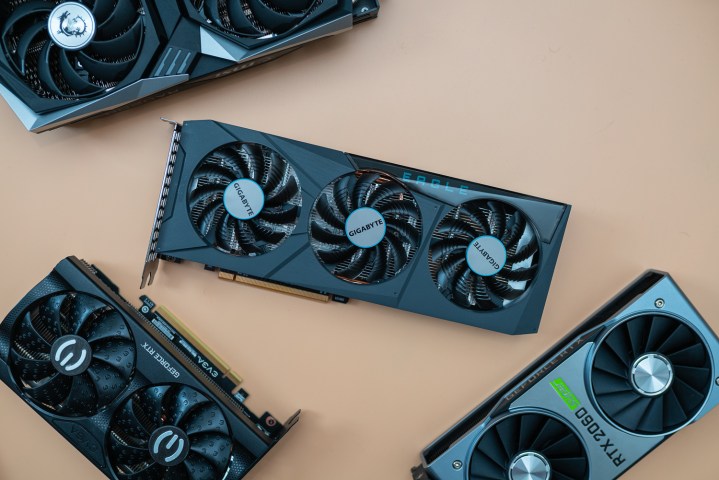
Between AMD and Nvidia, it’s impossible to say one is strictly better than the other. Both have their strengths and weaknesses. AMD graphics cards typically offer a better value compared to Nvidia, especially at lower price points. In addition, AMD GPUs come with features like Smart Access Memory that can boost performance with an AMD Ryzen processor.
Nvidia graphics cards don’t offer as good of a value, but they’re much better when it comes to features like ray tracing. Nvidia typically offers the most performant flagship graphics cards, too, like the RTX 3090 Ti. In most cases, though, you’ll up spending more for an Nvidia graphics card compared to an AMD one, even with similar performance.
Is GTX better than RTX? Or is RTX better than GTX?
RTX is better than GTX, and it’s newer. Nvidia has used the GTX branding for its graphics cards for years, but that changed with the introduction of RTX 20-series graphics cards. With rare exceptions like the GTX 1630, Nvidia graphics cards will use RTX moving forward. That means RTX GPUs offer the latest features and architectures compared to the older GTX offerings.
Editors' Recommendations
- Gaming laptops vs. desktops: here’s how to decide which to buy in 2024
- The RTX 4090 is more popular on Steam than any AMD GPU
- AMD’s graphics card sales just took a nosedive
- Here’s even more proof that AMD’s GPUs are in trouble
- AMD’s canceled GPU could have crushed Nvidia



